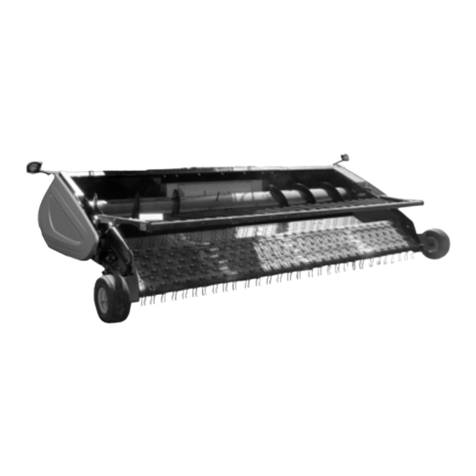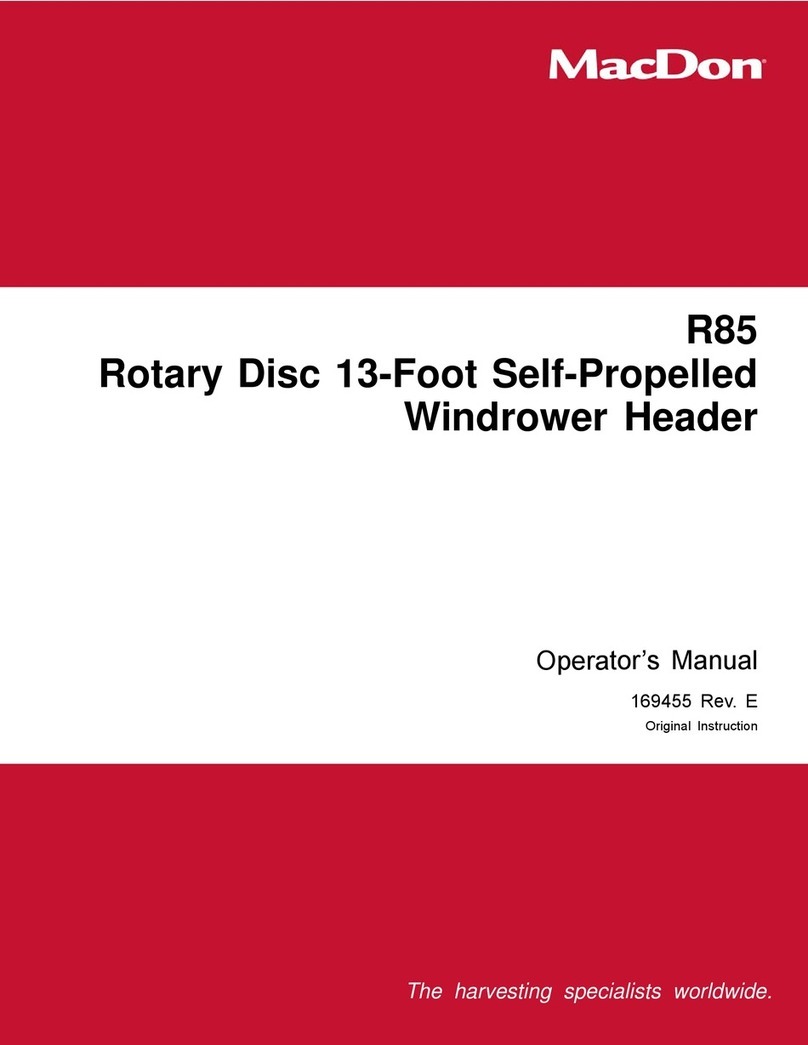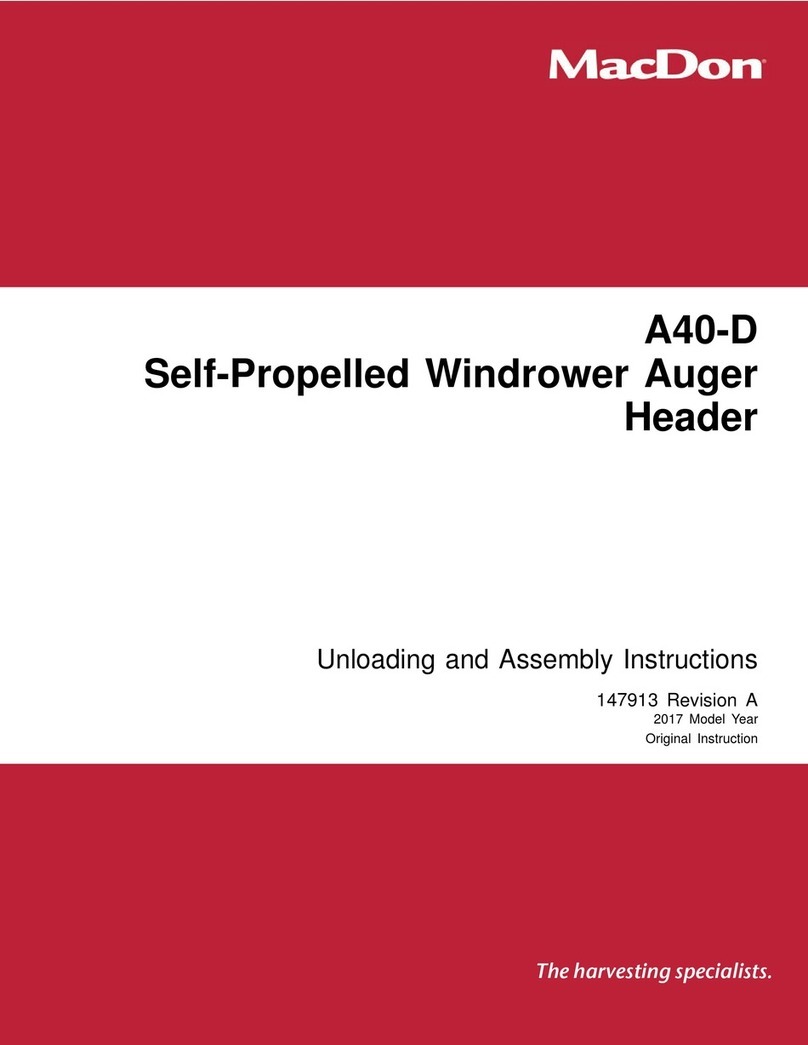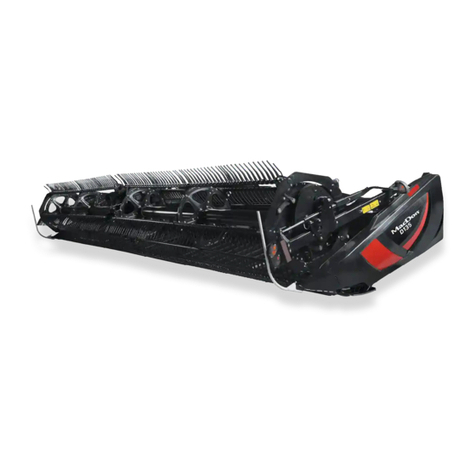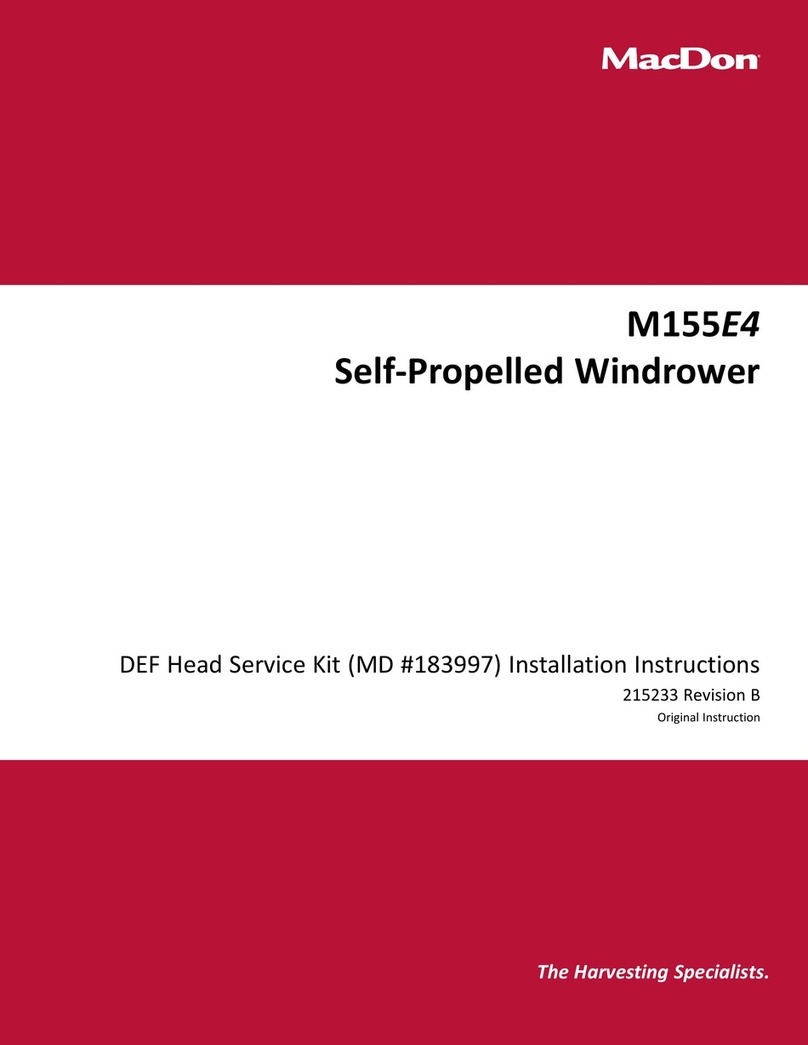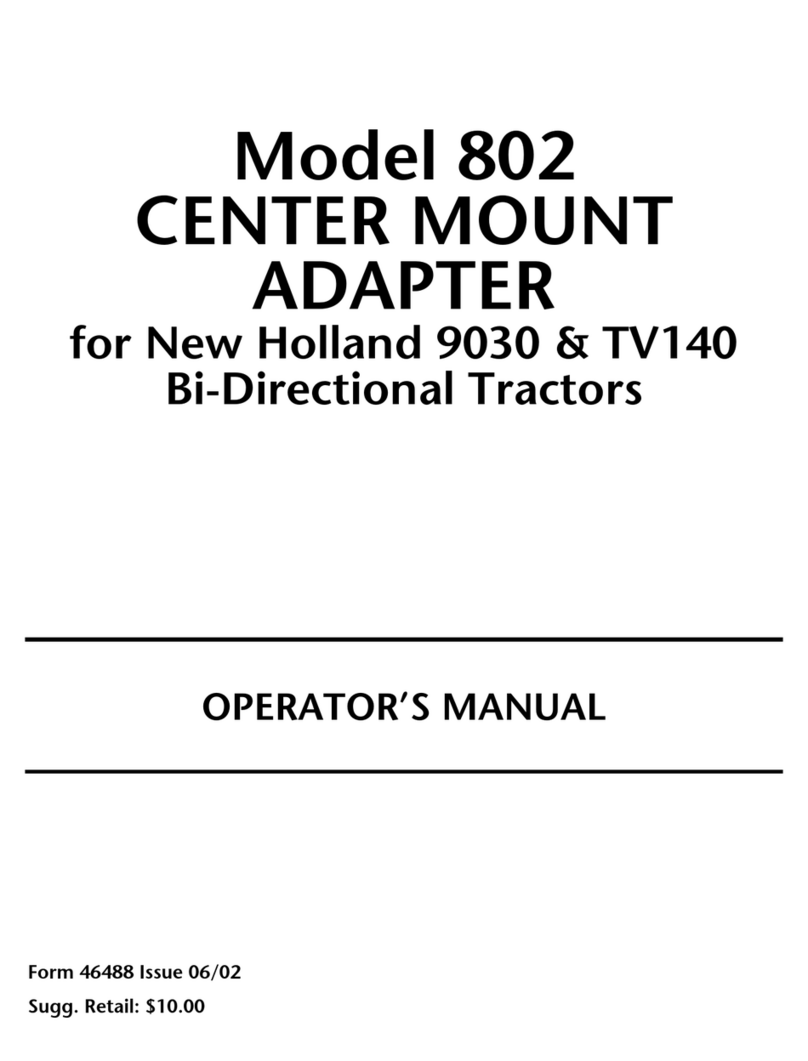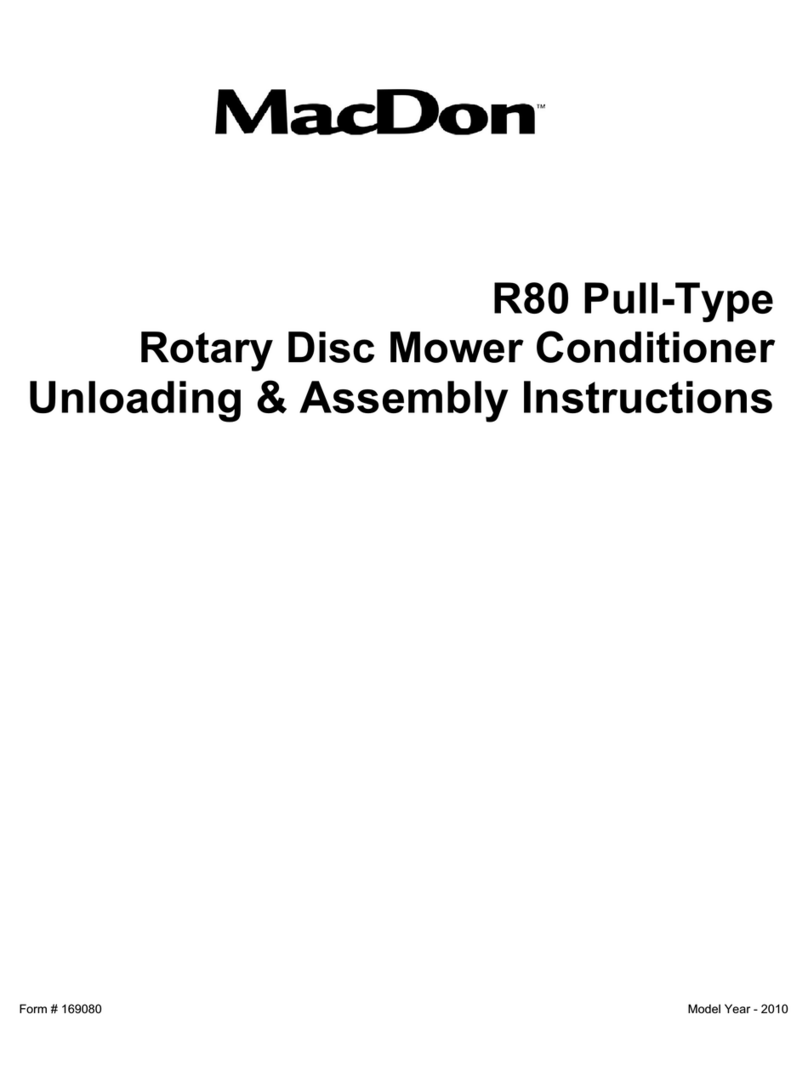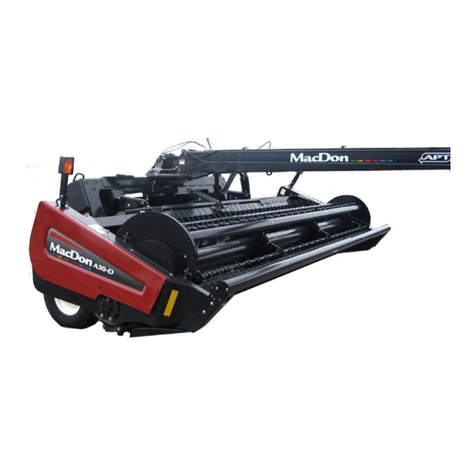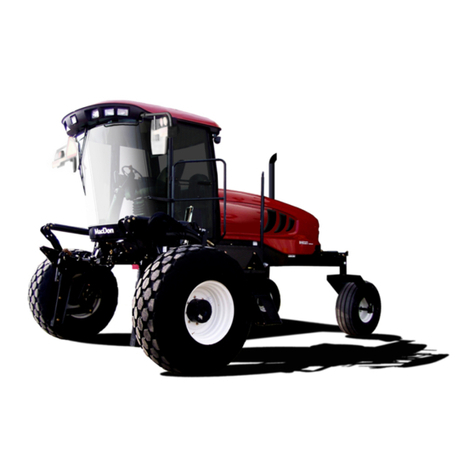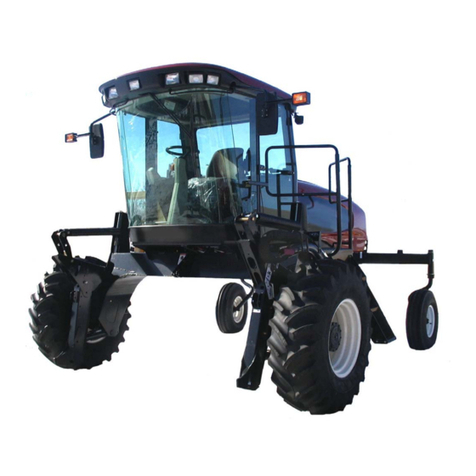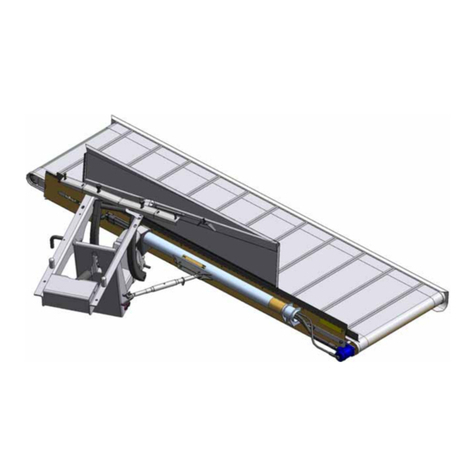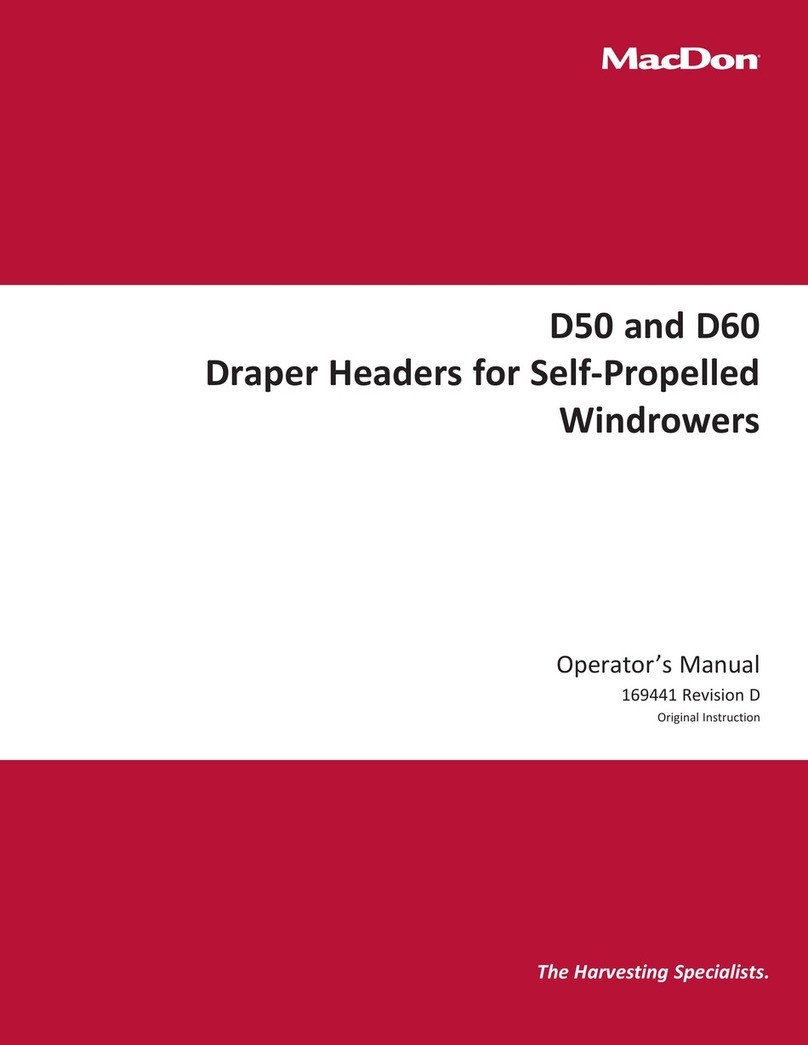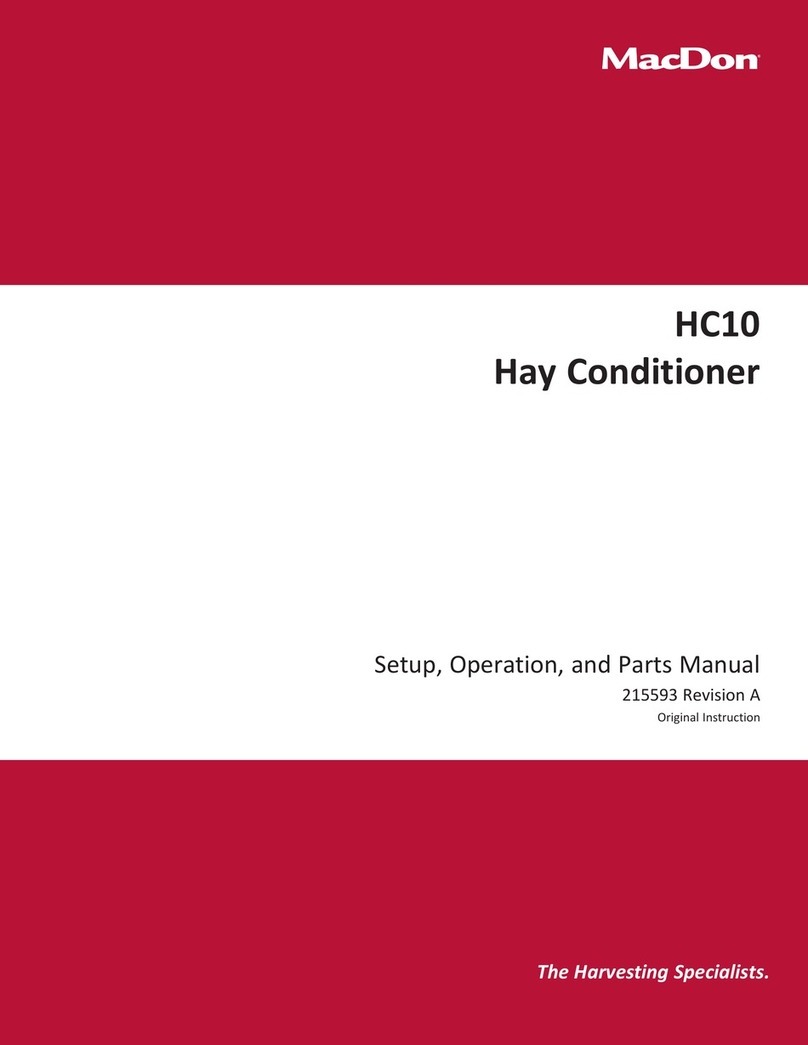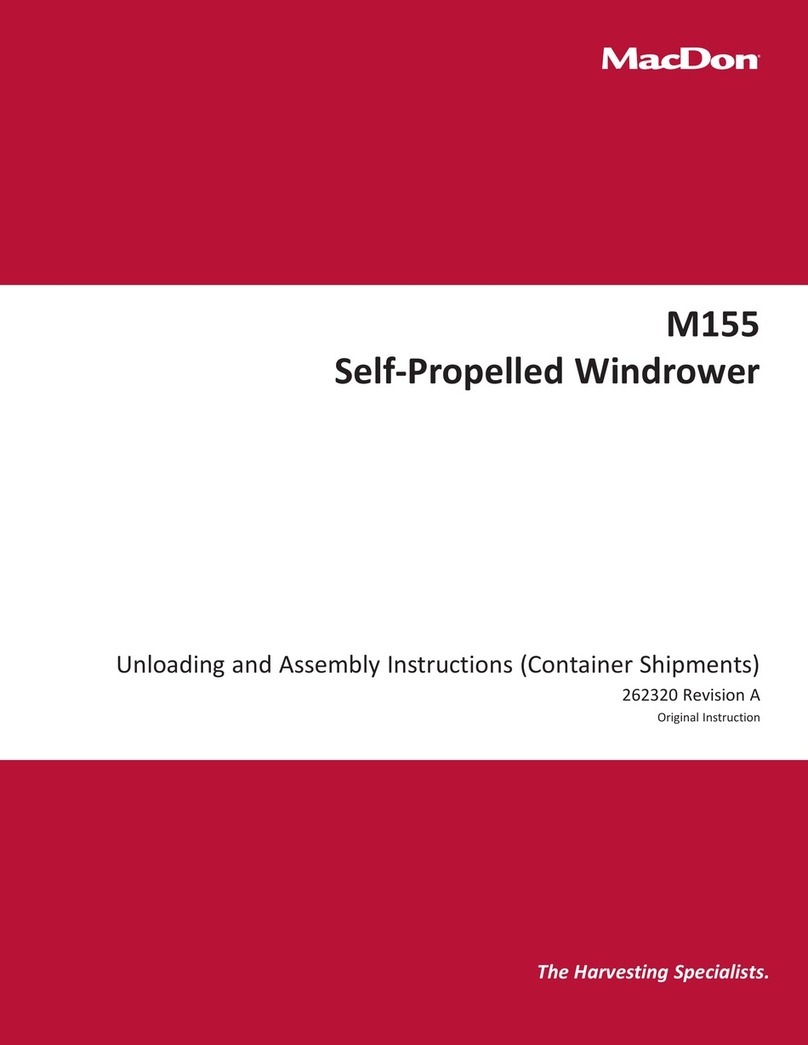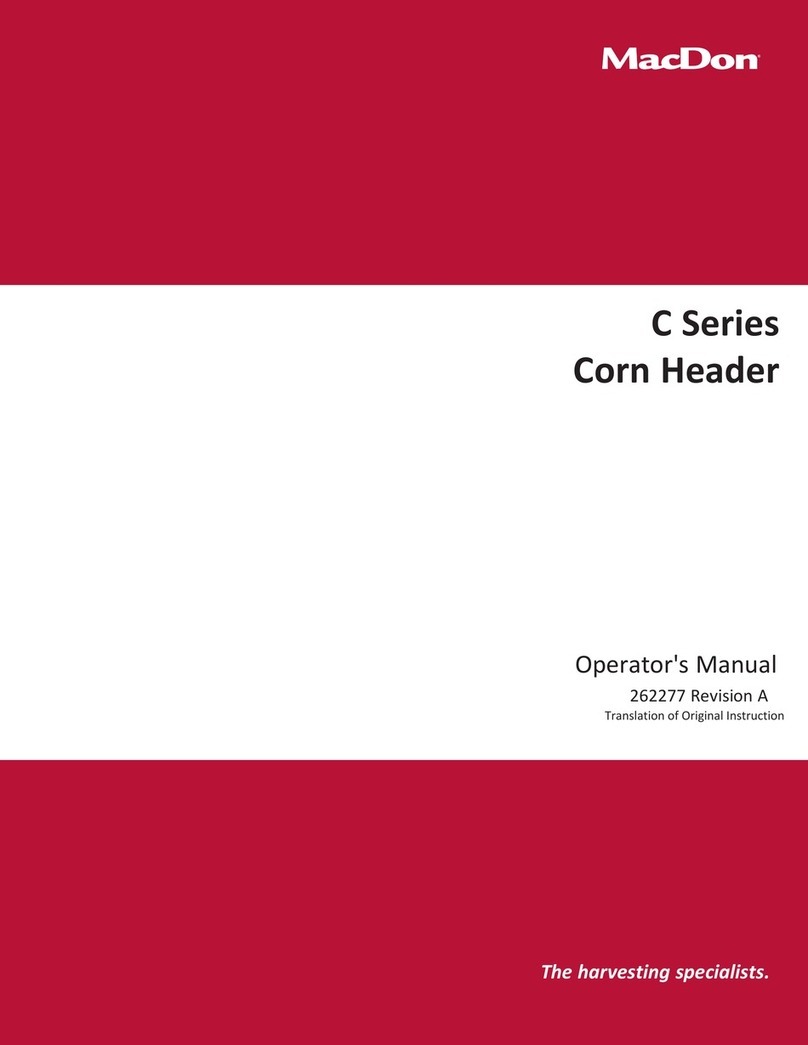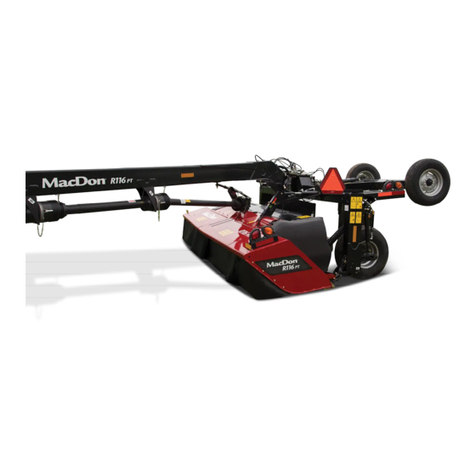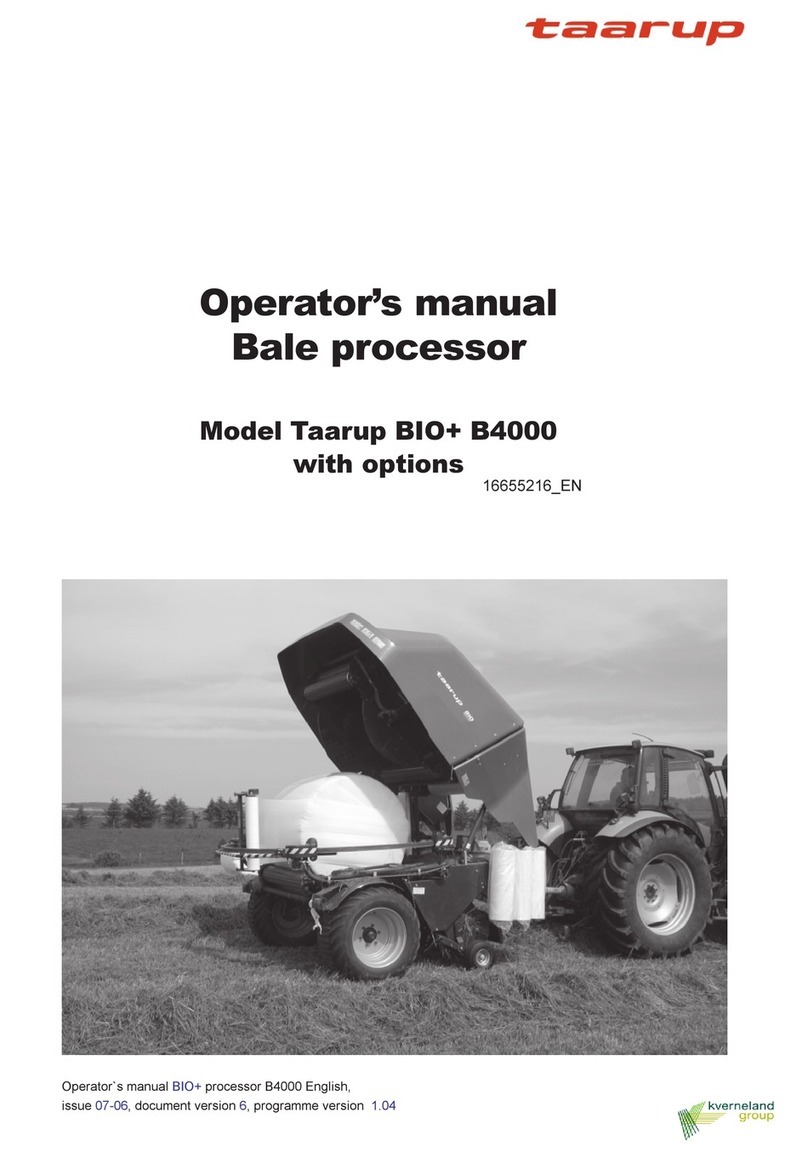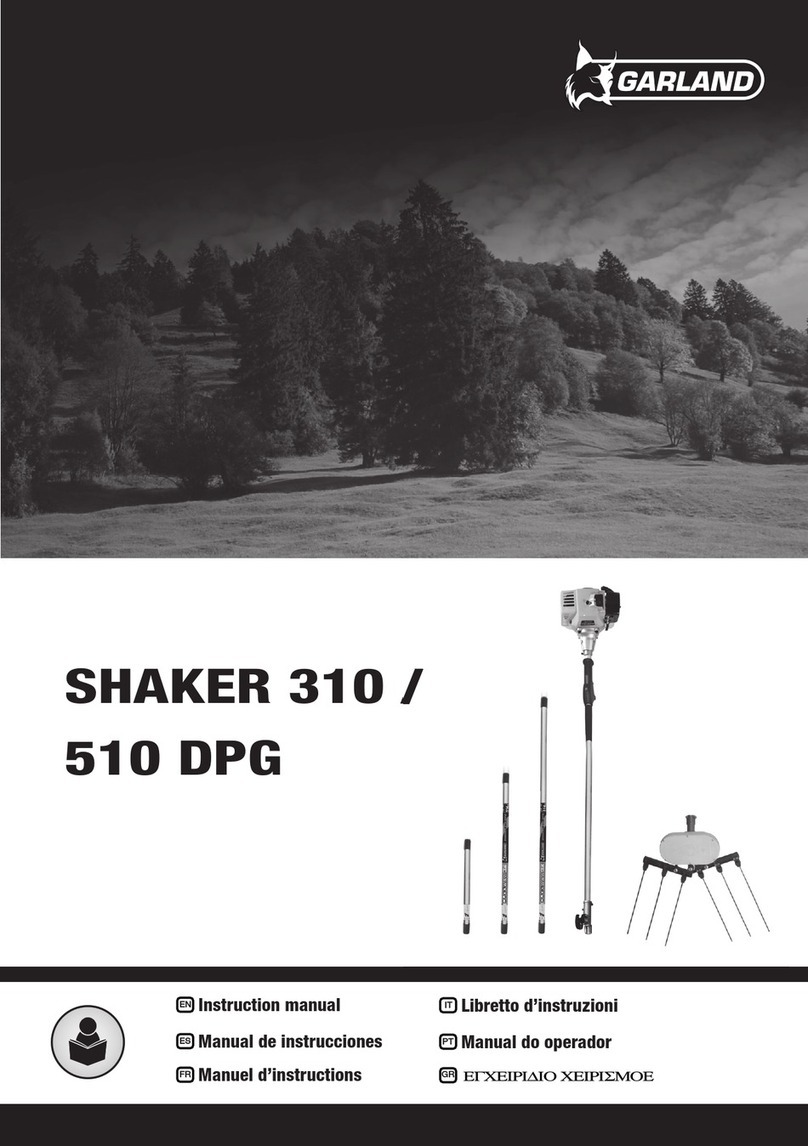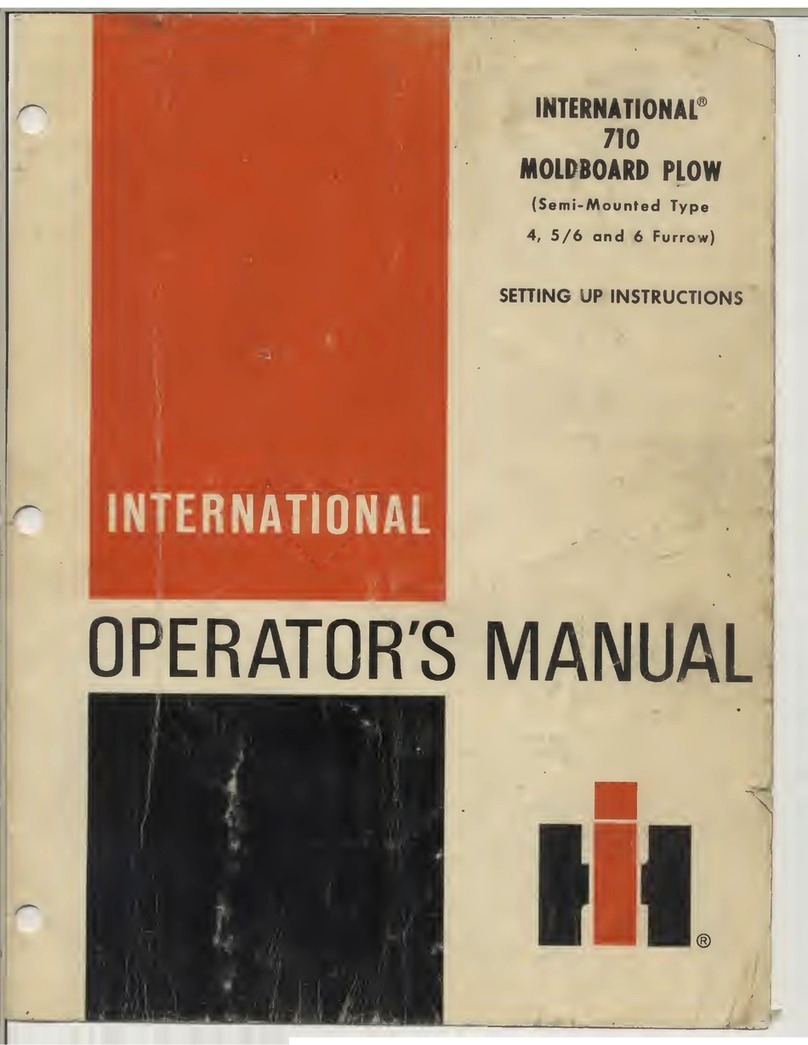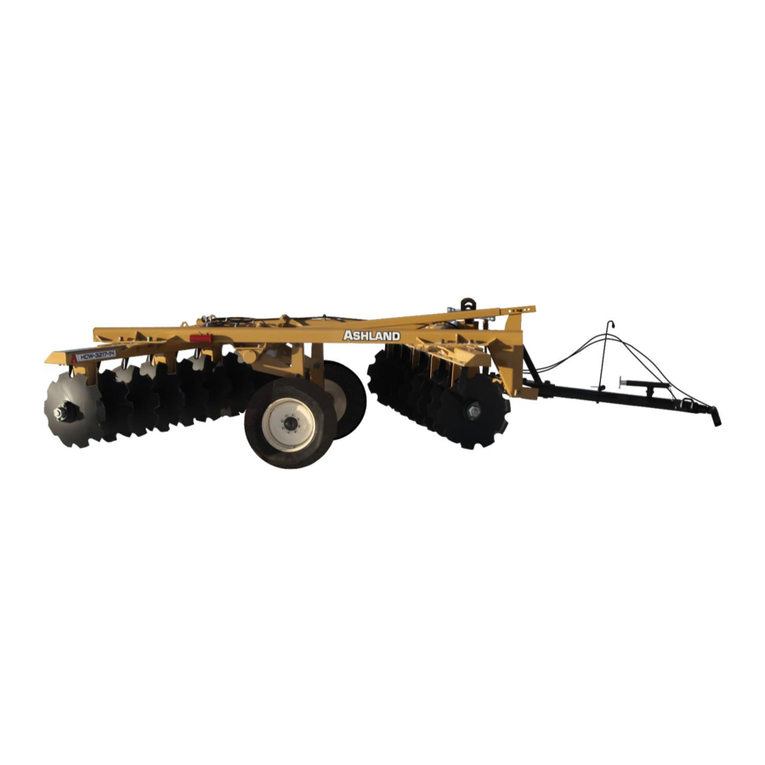
262335 iii Revision A
Introduction ................................................................................................................................................i
Summary of Changes....................................................................................................................................ii
Chapter 1: Safety ........................................................................................................................................ 1
1.1 Safety Alert Symbols ...............................................................................................................................1
1.2 Signal Words .........................................................................................................................................2
1.3 General Safety .......................................................................................................................................3
1.4 Operational Safety..................................................................................................................................5
1.5 Hydraulic Safety .....................................................................................................................................6
1.6 Safety Signs ...........................................................................................................................................7
Chapter 2: Unloading the Machine............................................................................................................ 9
2.1 Unloading the Header .............................................................................................................................9
2.1.1 Unloading the Header from a Truck Flatbed........................................................................................9
Chapter 3: Assembling the Machine........................................................................................................ 11
3.1 Removing Underside Shipping Stand ........................................................................................................ 11
3.2 Installing Skid Shoes.............................................................................................................................. 12
3.3 Installing Gauge Rollers ......................................................................................................................... 13
3.4 Tilting the Header into Field Position ....................................................................................................... 15
3.5 Removing Shipping Stands ..................................................................................................................... 19
3.6 Installing Tall Crop Divider Kit ................................................................................................................. 23
3.7 Adjusting Lean Bar................................................................................................................................ 24
3.8 Installing and Adjusting Pan Extensions .................................................................................................... 25
3.9 Adjusting Transport Lights...................................................................................................................... 27
3.10 Assembling Forming Shield ................................................................................................................... 28
3.11 Installing Forming Shield ...................................................................................................................... 31
3.12 Attaching A40D Auger Headers to M Series Self-Propelled Windrowers ........................................................ 34
3.12.1 Attaching A40D Header to an M100 or M105 Windrower.................................................................. 34
3.12.2 Attaching A40D an to M150, M155, or M155E4 Windrower............................................................... 40
3.12.3 Attaching A40D Header to an M200 Windrower .............................................................................. 46
3.12.4 Attaching A40D Auger Header to an M205 Self-Propelled Windrower.................................................. 52
3.13 Modifying Hydraulics –A40D Header ..................................................................................................... 57
3.13.1 Modifying Hydraulics –M100, M105 Windrowers ............................................................................ 57
3.13.2 Modifying Hydraulics –M150, M155, M155E4 Windrowers ............................................................... 59
3.13.3 Modifying Hydraulics –M200 Windrower with Reverser Manifold ...................................................... 61
3.13.4 Modifying Hydraulics –M200 Windrower without Reverser Manifold.................................................. 62
3.13.5 Modifying Hydraulics –M205 Windrower ....................................................................................... 64
3.14 Routing Reverser Manifold Jumper Hose –M Series Windrower ................................................................. 65
3.15 Hydraulic Drive Hose Routing –M Series Windrowers ............................................................................... 67
3.15.1 Hydraulic Drive Hose Routing –A40D Header and M100, M105, and M205 Windrowers......................... 67
3.16 Attaching A40DX Auger Header to M1 and M2 Series Windrowers .............................................................. 73
TABLE OF CONTENTS
